A popular start-point
All providers aim to hook applicants into their journeys quickly. Tesco is the notable exception, perhaps ahead of the game on Consumer Duty. The commonly used 'hook' is to ask customers for their car registration and instantly play back the car model details; this immediately personalises the experience and gives users an instant 'I've got this!' feeling, securing their commitment to the next steps of the journey.
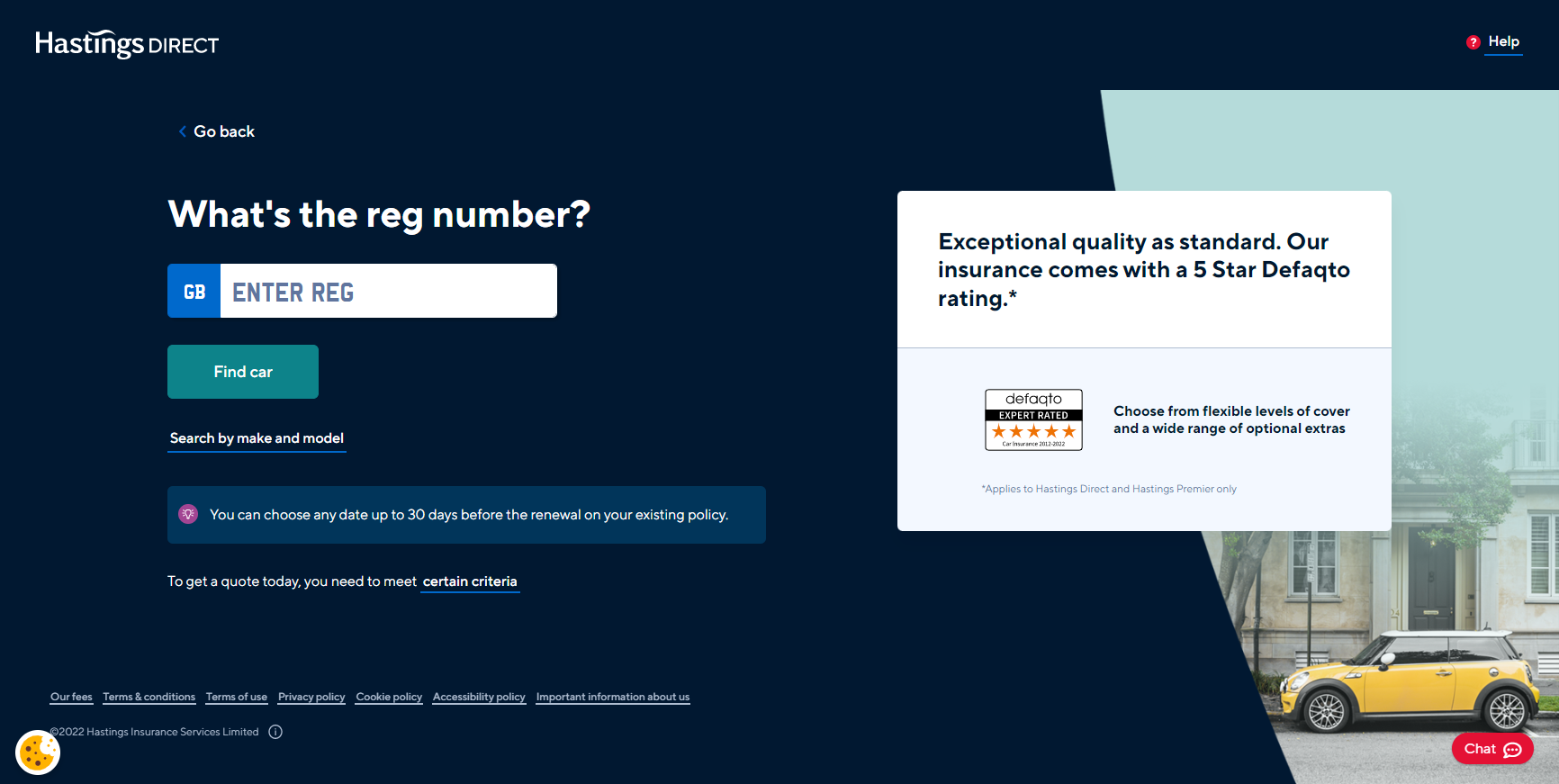
Scoot along or scroll?
The fashion for 'scoot along' style journeys (i.e. short pages, 1-3 questions per screen) is favoured by some high scorers in our review e.g. Hastings, Flow, but most major on or combine with a 'scroll' approach (larger numbers of questions per screen) e.g. AXA, Aviva, Asda, Diamond, Elephant, Esure, MoreThan, Sheila's Wheels, Swinton. There's no right or wrong here. It's about execution. Both can work well. A minority in our review (Ageas, Rias) use 'progressive disclosure' (a stepped, long page scroll, where completed questions reveal additional questions)
The good, bad and ugly of steps
Good UX practice is to be transparent about the number of steps in your quote & buy journey and to label the steps. The idea is to help inform and orientate the user. Many UK car insurers follow the transparency principle, but some fall short or misjudge the execution.
**Good - Admiral**
A simple journey structure, a small number of clearly labelled steps. The user is clear about what to expect.

Many others do similar versions of this with varying degrees of refinement e.g. Asda Money, AXA, Swiftcover, Elephant, Ageas.

**Good - Hastings**
A small number of clearly labelled steps. More understated than Admiral, more modern and refined than most.
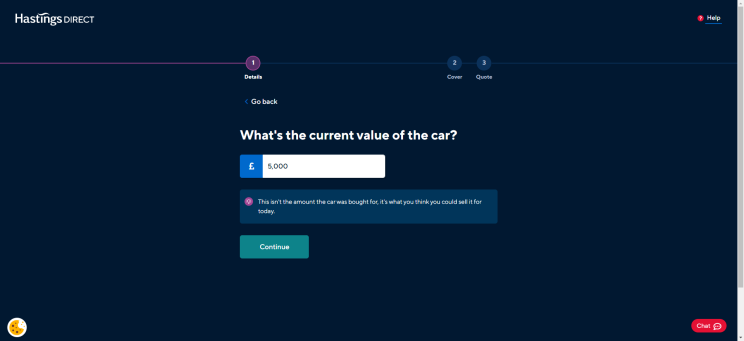
**Not so good - Direct Line**
A larger number of unlabelled steps and lack of transparency. The user has no information about the journey ahead.

**Not so good - Flow**
Similar to Direct Line but with a progress bar
and even less information about the journey structure. The design intention is probably good; aiming to create a sense of ease and calm, strip away the noise, understate the task; however, the user is in the dark.
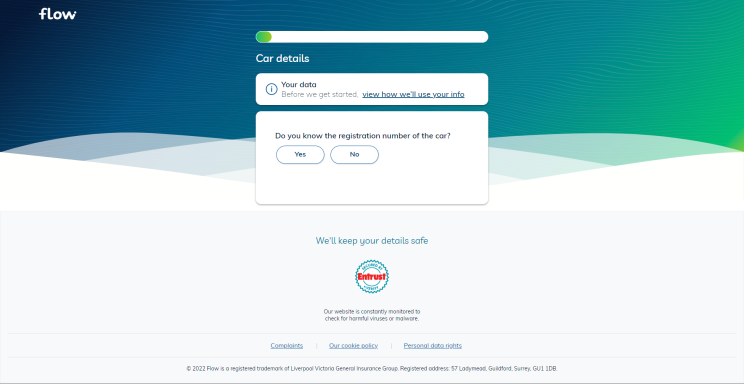
**Could do better - Aviva**
A clean design approach and numbered steps but no transparency on what will be asked.

**Right idea, poor execution - LV**
LV= is transparent about the number of journey steps but labelling is compromised by the design structure. We suspect the labelling was an afterthought. The script font makes the label text difficult to read and inaccessible. The labels are not present on mobile devices.
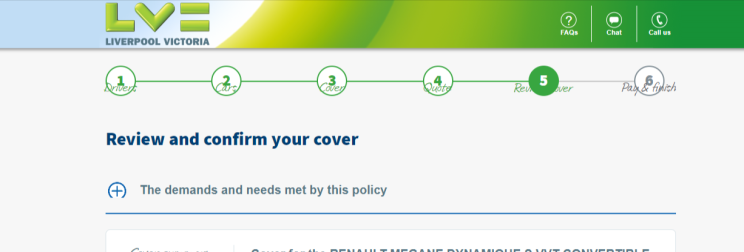
Other shout-outs
**Natural language**
Well done to Hastings, Elephant and Tesco for using natural language. Esure gets marked down for dated terms of reference e.g. asking customers to recognise themselves as 'Proposers'.
**Weekly mileage calculators**
Many users don't know their annual mileage but will have a better idea of distances driven in a typical week. Well done Hastings for
auto-calculating weekly distances, also AXA for their calculator tool (pictured below) although this is a tad prosaic.
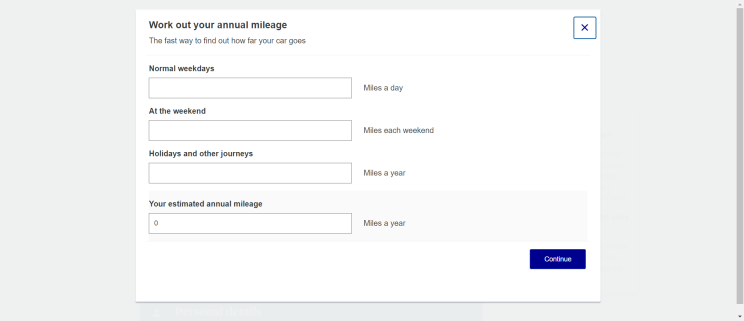
**Support and help**
Good in-journey support by Hastings, Elephant, Esure and Tesco as well as digital laggards NFUM. NFUM clearly up-weights the human support to deflect from their deficient online experience but credit where credit's due. Poor in-journey support by AXA and Aviva.
**Consumer Duty - a precursor?**
And with Consumer Duty coming in 2023, a shout out to Tesco for the care and attention they show at the start of their journey. Is this diligent approach the shape of things to come?
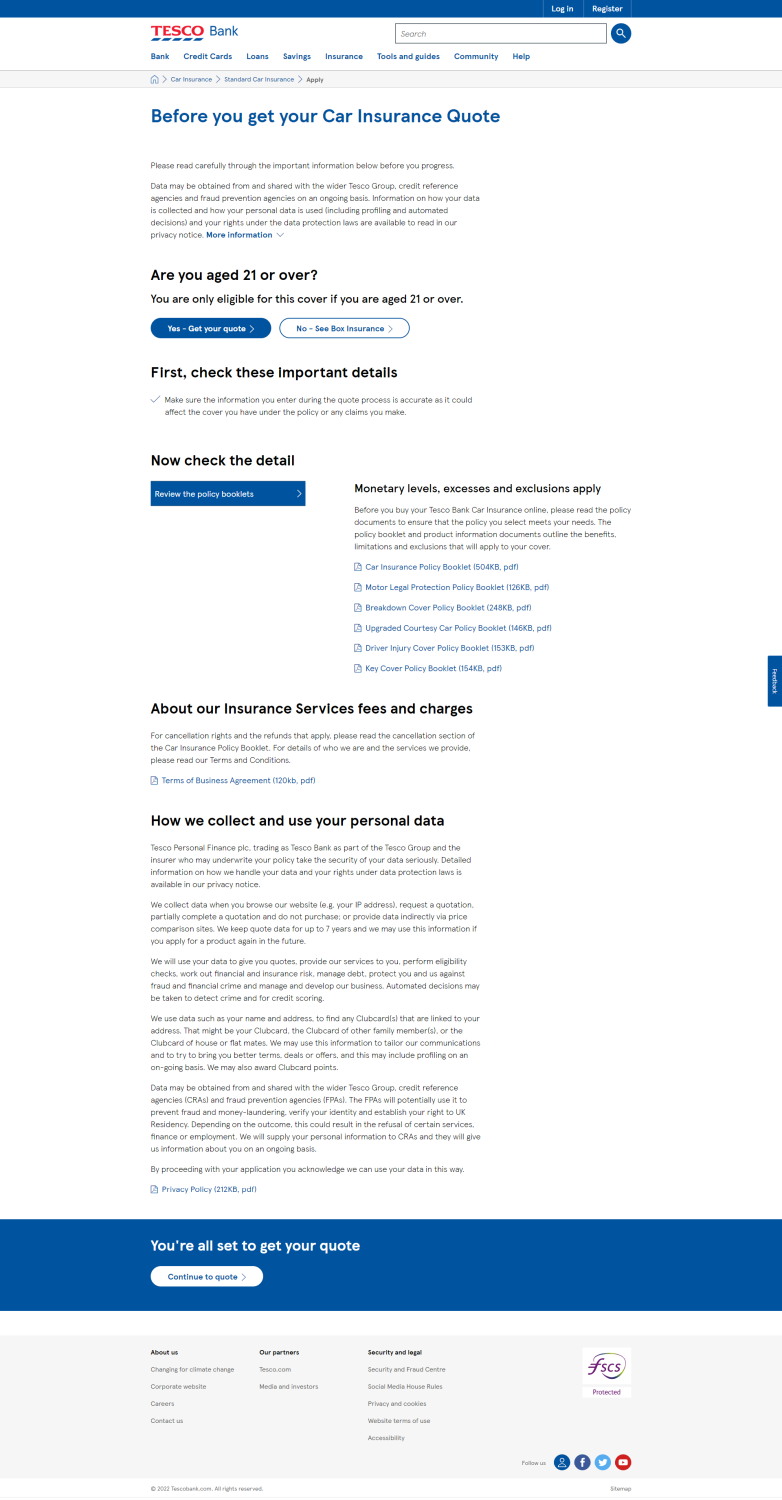
In-depth reports and related services
For bespoke, in-depth usability reports, don't hesitate to get in touch with the DigitalBar team or contact Pancentric Digital directly. Preferential rates are available for Corporate and Enterprise DigitalBar subscribers. Assessments can be undertaken for any lifecycle journey as well as prototype journeys. Design, prototyping and user testing services are also available from Pancentric.

